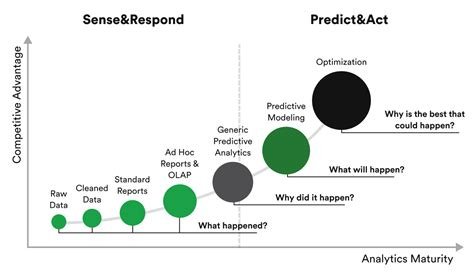Using Artificial Intelligence (AI) for Predictive Modeling in Cryptoeconomics
The world of cryptocurrency economics is evolving rapidly, and predictive modeling plays a crucial role in understanding market trends, identifying potential risks, and making informed investment decisions. As the crypto space has become increasingly complex, traditional forecasting methods using financial indicators have proven insufficient. Artificial Intelligence (AI) has emerged as a powerful tool to revolutionize predictive modeling in cryptoeconomics.
Introduction
Predictive modeling is a key component of any investment strategy, as it allows investors to predict market outcomes and make data-driven decisions. In the context of cryptocurrency economics, predictive modeling involves using historical data to identify patterns, trends, and correlations that can predict future market behavior. Traditional forecasting methods include financial indicators such as moving averages, RSI (Relative Strength Index), and Bollinger Bands. However, these methods have limitations in capturing nonlinear relationships and complex patterns.
The Power of AI
Artificial intelligence has the potential to revolutionize predictive modeling in cryptoeconomics by using machine learning algorithms that can analyze vast amounts of historical data. Machine learning allows AI systems to identify patterns, anomalies, and correlations that traditional methods may miss, and provide more accurate forecasts than human analysts.
There are several reasons why AI excels at predicting market behavior:
- Data Volume: Cryptocurrency markets generate vast amounts of data that can be analyzed using machine learning algorithms.
- Complexity: Traditional methods struggle to capture complex patterns and relationships in nonlinear data.
- Speed: Machine learning allows AI systems to analyze large data sets in real time, making them ideal for predicting market behavior.
Applications of AI in Cryptoeconomics
The use of AI in predictive modeling has several applications in the cryptoeconomics:
- Market Analysis: AI-powered chatbots and machine learning models can be used to analyze market sentiment, identify trends, and predict price movements.
- Risk Management: AI-driven risk management systems can analyze market data and identify potential risks, allowing investors to make informed decisions about portfolio diversification and hedging strategies.
- Predictive Trading
: Machine learning algorithms can be trained on historical data to predict price movements, allowing traders to execute trades based on predicted trends.
Real-world examples of AI in crypto economics

A number of companies are already using AI-powered predictive modeling techniques to improve their investment strategies:
- Quantum: This popular cryptocurrency trading platform uses machine learning algorithms to analyze market data and predict price movements.
- Binance Labs: Binance’s research lab has developed several AI-powered models that can analyze market trends and predict price movements.
- CryptoSlate: This crypto-focused publication uses AI-driven predictive modeling techniques to analyze market sentiment and predict price movements.
Best Practices for Implementing AI in Cryptoeconomics
To maximize the potential of AI in predicting market behavior, investors should follow these best practices:
- Data Quality: Ensure your data is accurate, complete, and up-to-date.
- Model Selection: Choose machine learning algorithms that align well with your investment strategy.
- Hyperparameter Tuning: Regularly tune model parameters to optimize performance.
- Regular Training: Continuously update and train your models to adapt to changing market conditions.